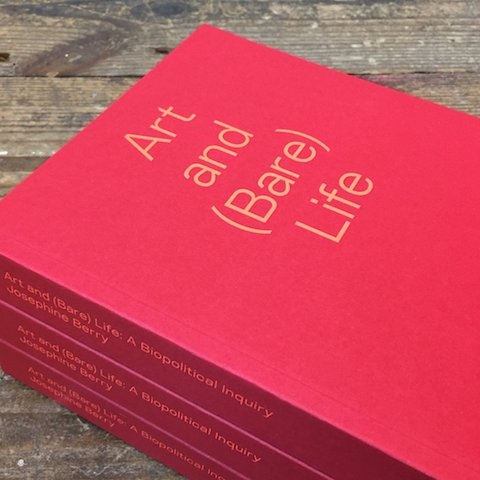What is the function of art in a society that measures culture according to its contribution to gross domestic product, its catalysing role in gentrification or its usefulness to the tourist board? Lamenting art’s presumed subordination to the neoliberal regime, Josephine Berry takes Michel Foucault’s concept of biopower – which describes the modern state’s policing of its citizens’ bodies – and identifies it with contemporary art’s infiltration of the everyday.
This blurring of boundaries between art and life, she proposes, undermines the ‘entire notion of originality and autonomy’. And so the myth of individualism that art embodies in the popular imagination is used to mask the conformist desires upon which consumer capitalism depends. It is hard to argue with the premise, even if it feels well-worn: London’s recent housing developments include Avantgarde Tower (a two-bed costs £760,000), while Heathrow airport’s newest pub is called The Curator.
Yet Berry’s call for an ‘errant’ art, and her points about its relationship to self-expression, race and sexual politics – notably in a chapter touching on the work of Valie Export, Cosey Fanni Tutti and Carolee Schneemann – are obscured by the tortuous prose in which they are delivered. Amid sentences that don’t scan (‘Like the Superman, art also endlessly refold [sic] the fold between humanity and its outside to (re)produce autonomy’) and maddening phrasing (bodily organs are ‘visceral’, as if they could be otherwise) are some bewildering statements. I was surprised to learn, for all that the state has co-opted the body, that ‘being well-educated, fit, and healthy are deemed more desirable because they are more economically valorizable than being uneducated and unwell’; I had been labouring under the impression that concern for one’s health and intellectual curiosity were other than symptoms of neoliberal brainwashing.
It could reasonably be argued that a book with sections including ‘Lyricism – The Acceptable, Petit Bourgeois Voice of Power?’ isn’t looking to be judged on its stylistic elegance. More problematically, the book suffers from the lingering impression that the neoliberal shibboleths which it abjures – globalisation, urban regeneration, the free market – are already in collapse, opening up new and frightening vistas of violence and repression. In which light, the more pressing question might be how art resists the widespread retreat into isolationism and nativism by intersecting critically with the social and political spheres. Identifying the freedom of art with its total detachment from all expressions of authority, not to mention couching it in indecipherable academese, risks condemning it to irrelevance.
From the March 2019 issue of ArtReview
